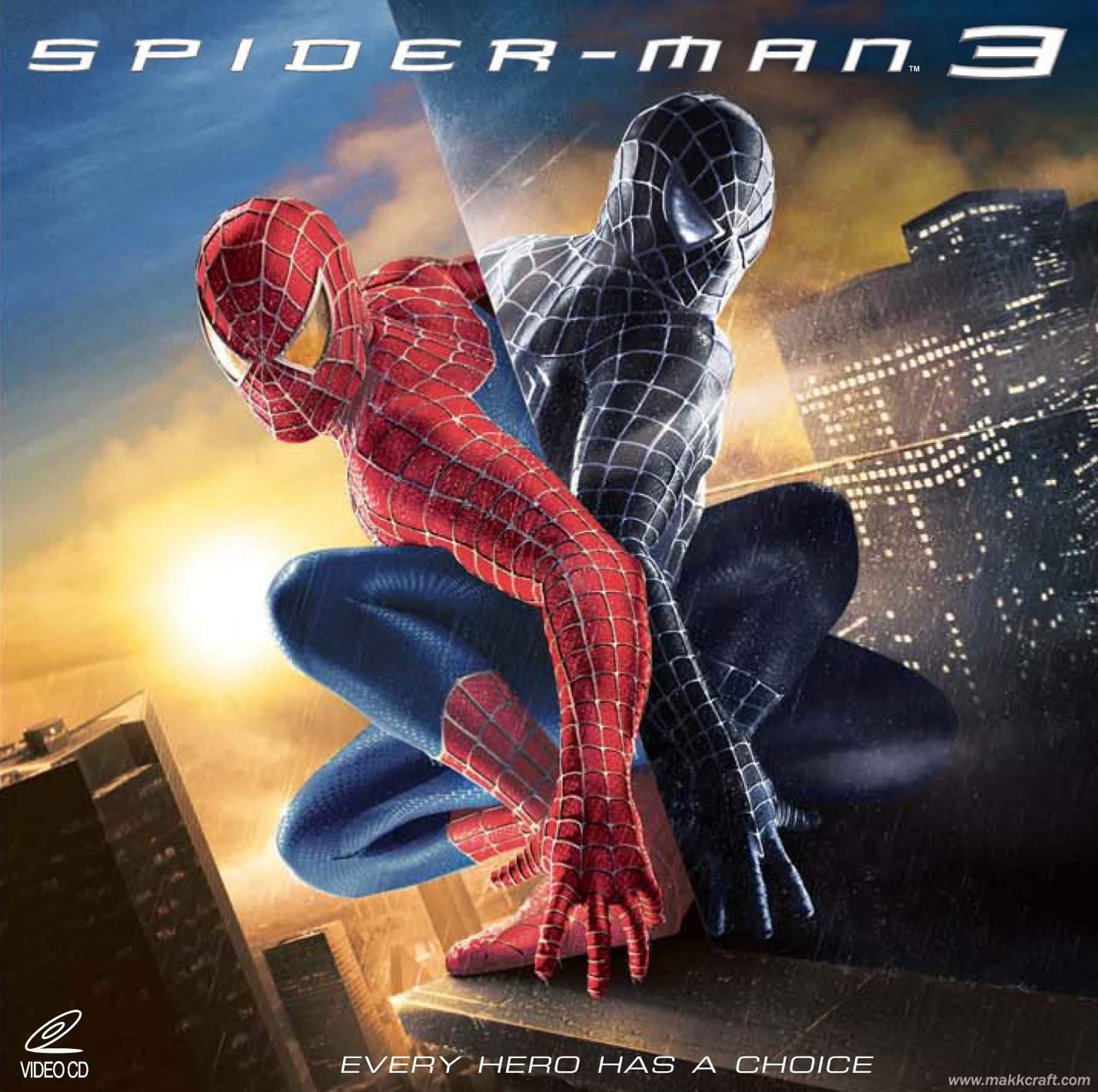

The Green Goblin was not supposed to be Spider-Man's villain. I wanted to start with Gwen Stacy and the Green Goblin, and I wanted to kill Gwen Stacy.”Įventually, the job was given to The Evil Deaddirector Sam Raimi, who impressed executives with his passion for the classic Marvel Comics version of the character. It was just a problem … It was not something that I felt I could do straight-faced. “I couldn't get past a guy getting bit by a red and blue spider.

I was never interested in the genesis story,” Fincher told io9. I think the reason he directed that movie was because he wanted to do the Marvel comic superhero. “My impression what Spider-Man could be is very different from what Sam did or what Sam wanted to do. Hoping to land a big-time director for their big-time film, Columbia considered Roland Emmerich, Chris Columbus, and David Fincher, who wanted to gloss over Spider-Man’s origin and focus on the famous Death of Gwen Stacy storyline from the comics. Several major directors were considered to sit behind the camera for Spider-man.īy the time Columbia began production, Cameron was no longer interested in Spider-Man, preferring instead to devote himself to his own original creations. In interviews to promote that film, Cameron seemed to indicate that his next project would indeed be Spider-Man, but Carolco’s bankruptcy halted those plans, and he moved on to Titanic instead. After turning in his version of the story, Cameron set off to make True Lies. The scriptment, which included a romance with Mary Jane Watson and Spider-Man facing off against Cameron’s version of Electro, was well-received, and earned the director the approval of Spidey’s co-creator, Stan Lee. Cameron, a lifelong fan of the character, produced a 57-page “ scriptment” detailing his vision for the character. When Carolco secured the rights to Spider-Man, they handed the project over to James Cameron, fresh off the success of the Carolco-produced Terminator 2: Judgment Day. James Cameron came close to making his own version of Spider-Man in the 1990s.Īlberto E. Marvel, with the rights back at home, struck a new deal with Sony Pictures, which released Spider-Man through Columbia Pictures in 2002. Finally, in 1999, the web was untangled when a court dismissed MGM’s claim to Spider-Man. The Spider-Man rights then went to MGM, but Marvel-which was undergoing bankruptcy troubles of its own-filed suit, claiming they were due the rights back because the original Carolco option had expired in the summer of 1996, before MGM put a film into production.įurther complicating matters was the fact that 21 st Century Film had, once upon a time, sold off home video and television rights to Columbia and Viacom, respectively. By 1991, 21 st Century was also finished, and Carolco Pictures picked up the rights, which they held until filing for bankruptcy in 1995.
AMAZING SPIDERMAN 3 FULL MOVIE INDONESIA SERIES
In 1985, amid lagging studio interest in superhero movies (at the time the only major franchise was Superman, and his series was lagging), cult film powerhouse Cannon Films acquired the movie rights to the character from Marvel for $250,000.Īfter several script attempts, Cannon folded, and producer Menahem Golan moved the rights to his successor company, 21 st Century Films. It took 17 years to get Spider-Man made.īefore superhero mania took over Hollywood, it was a 17-year journey just to get the character onto the big screen the first time. The original film, which saw Tobey Maguire in the title role, was a massive cinematic endeavor that required 17 years, multiple screenplays, a costume theft, and a very convincing CGI performance to complete.

Today it seems like we’ll never stop seeing Spider-Man at the movies, but back in 2002-when Sam Raimi's Spider-Man was released-it seemed amazing that we ever saw him there in the first place.

Later this year, Tom Holland will don his spidey suit for the sixth time when Spider-Man: No Way Home arrives in theaters.


 0 kommentar(er)
0 kommentar(er)
